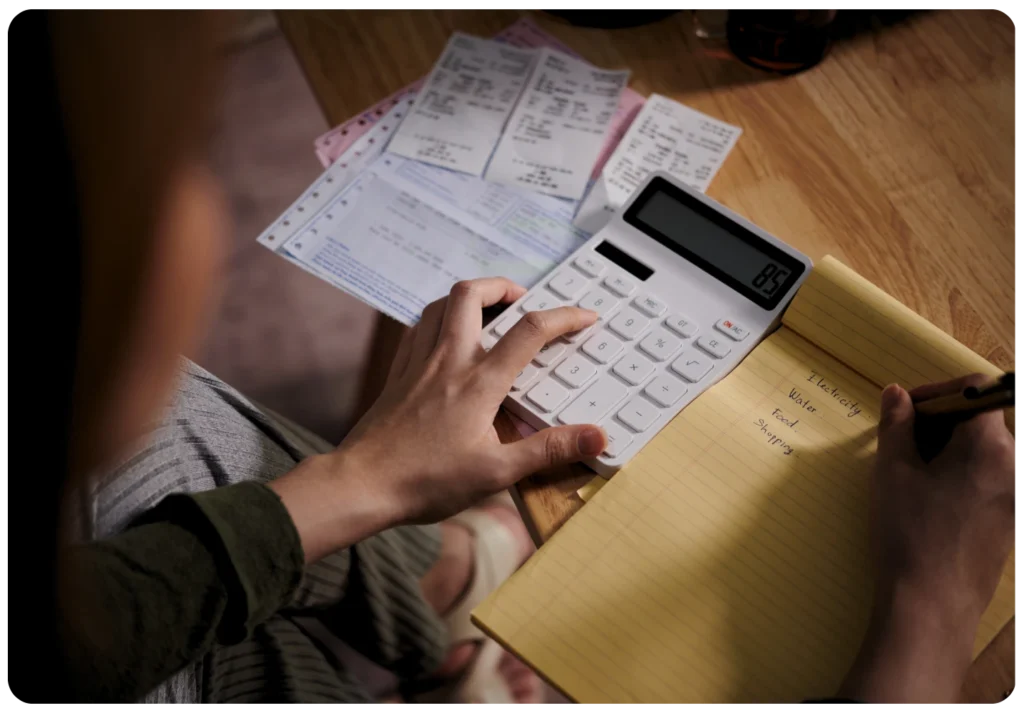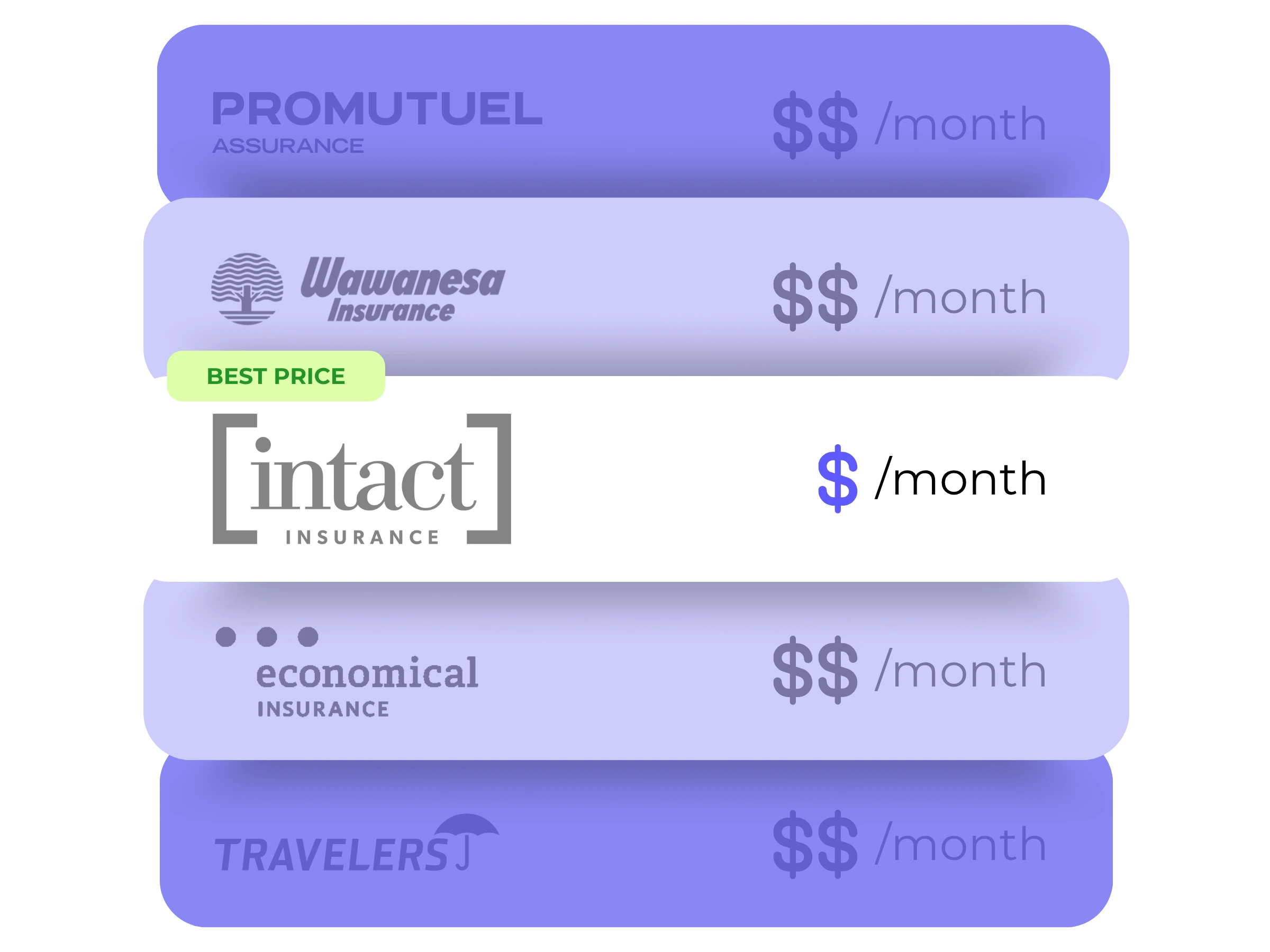Every time you purchase home or car insurance, you’ll need to choose a deductible. If you’re unsure what a deductible is or how it works, you could unknowingly put yourself in a challenging financial situation.
To help you avoid that and ultimately make a more informed decision, this article explains the basics of home and car insurance deductibles. You’ll get a clear understanding of what a deductible is and how it works in Canada, as well as learn how to determine whether a higher or lower deductible best suits your financial needs and goals.

What is a deductible in insurance?
In insurance, a deductible is the amount of money you agree to pay out of pocket if your claim is approved. For instance, if your car is damaged in a covered accident and the repair costs total $2,000, you would pay your deductible – let’s say $500 – and your insurer would handle the remaining $1,500, provided the claim meets your policy’s terms and limits.
In Canada, home and car insurance policies typically include a deductible set at a fixed dollar amount, such as $500. However, other types of insurance, like health insurance, may handle deductibles differently. This article focuses specifically on home and car insurance deductibles.
How to choose between a higher or lower deductible
When buying insurance for your home or car, the minimum deductible is typically around $500. However, higher deductibles are available for those willing to take on more financial risk in exchange for lower premiums.
So, is it better to have a lower deductible (ex. $500) or a higher one (ex. $1,000+)? The answer is it’s better to have a deductible you can realistically afford.
While a higher deductible might save you a few dollars on your premium each month, always weigh the potential savings against the potential financial strain of a higher out-of-pocket cost should you ever need to file a claim. Depending on what the numbers are, a slightly lower monthly payment might not justify a deductible that puts you in a bad financial spot in an emergency.
Does having a higher deductible lower your insurance premium?
Yes, having a higher deductible can help lower the cost of your insurance premium. By agreeing to a higher deductible, you’re taking on more financial responsibility upfront, which reduces your insurer’s risk since they’ll pay less on any claims you make.
However, there’s no guarantee that opting for a higher deductible will result in lower premiums. Insurance costs are influenced by many factors, including the types of coverage you’ve selected, your coverage limits, your claims history, and even your location. As such, the savings can vary significantly from person to person.
To find out how much a higher deductible will lower your monthly insurance premium, here’s how to do it.
Step 1: Get a quote
Since you can get a home and/or car insurance quote in under four minutes with YouSet’s online platform, this exercise is quick and easy for anyone to do.
Step 2: Choose your coverages and limits
Select the coverage limits you feel comfortable with and add any optional coverages.
Step 3: Select the lowest deductible
When you get to the policy tab, set the lowest deductible amount available (ex. $500).
Step 4: Record the monthly price
Once the quote is refreshed, make note of the monthly price.
Step 5: Change the deductible
Keeping everything else exactly the same, select a higher deductible (ex. $1,000).
Step 6: Record the updated monthly price
Once the quote is refreshed, make note of the updated monthly price.
Step 7: Compare the prices
Subtract the price of the quote with the higher deductible from the one with the lower deductible to calculate your potential savings. You can also multiply it by 12 to see how much you’d save in a year.
Step 8: Consider the implications
Once you know how much you could save, consider the pros and cons. For example, if a higher deductible could save you a hundred dollars or more a year but you’re concerned you wouldn’t be able to pay it if you ever had to file a claim, the savings might not justify the added risk. On the other hand, if you have readily accessible savings or an emergency fund that could cover the deductible, you might feel comfortable enough to take advantage of the savings.
What if I don’t have the money for my insurance deductible?
If you don’t have the money to pay your deductible, your insurance provider may not proceed with your claim, leaving you responsible for covering the costs. However, some insurers may offer the option to pay the deductible in installments, so it’s worth asking about this possibility. Also, if the claim amount is close to your deductible, you might opt to pay out-of-pocket instead of filing a claim, which could help you avoid any potential premium increases.



